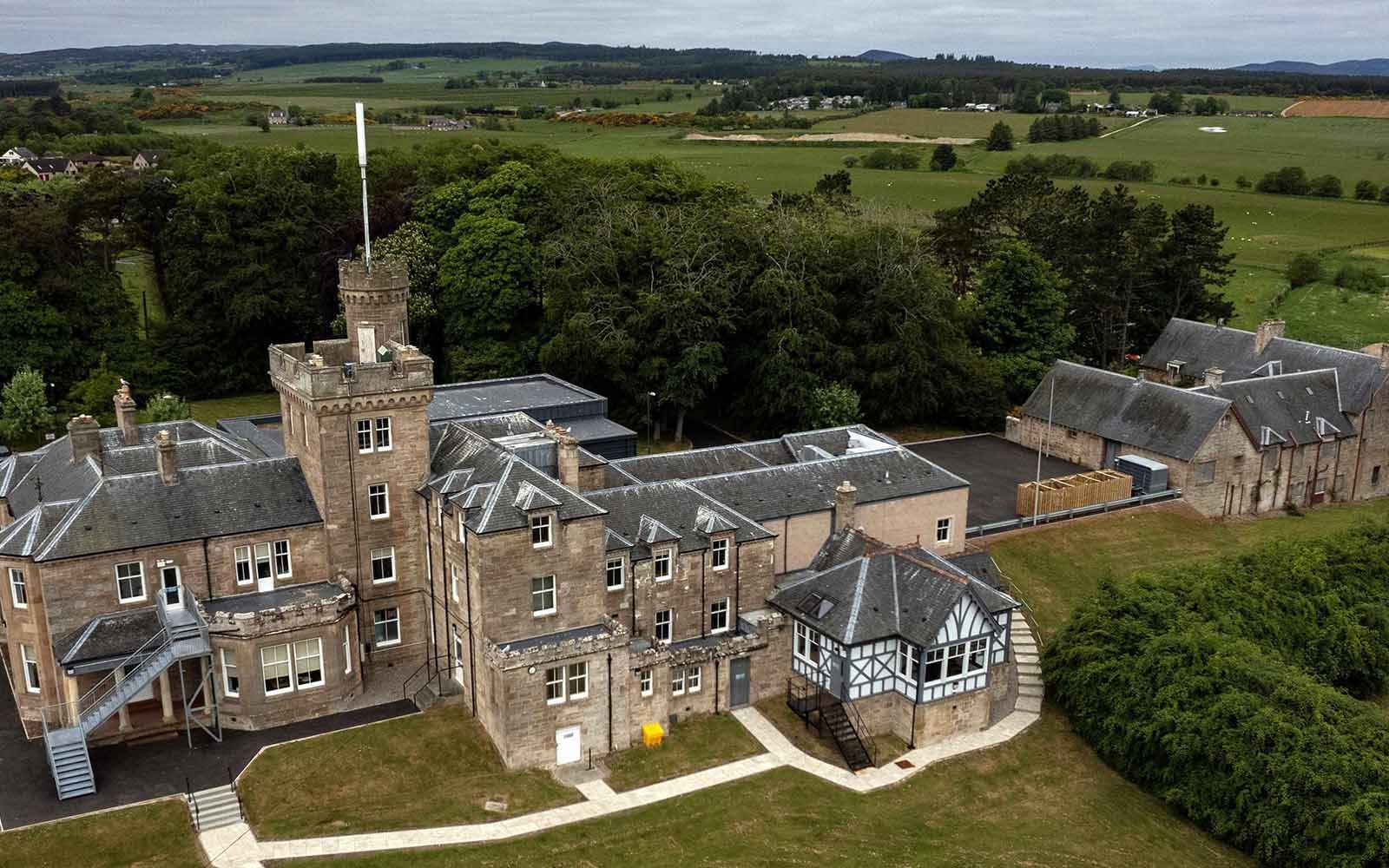
In the beginning
In the beginning ,it was a letter from a North Wales professional in Golf Illustrated on 12th April 1901, that triggered the idea of a Professional Golfers' Association.
Within months, the leading players of the day, led by the legendary JH Taylor with James Braid and Harry Vardon had galvanised enough support to form the London and Counties Golf Professionals' Association on 9th September 1901. At the first AGM, on 2nd December 1901, the name was changed to 'The Professional Golfers' Association' - the original 'PGA'. Initial Membership of the Association was reported as 59 Professionals with 11 Assistants.
In comparison, current Membership of The PGA is reported at over 7,500 Professionals with an annual intake of Assistant Professionals of around 300.
The golfing landscape in those early days was very different to the modern game. However, with Professionals, even the very best like Taylor, Vardon and Braid, earning a living from club duties, club and ball-making, green-keeping, teaching and competing in tournaments, the fundamental essence of the PGA Professional, and therefore The PGA, remains relevant.

A brief history of The PGA
The original aims of the Association were based on the desire to raise the profile of the professional golfer in order to gain greater credibility.
The Association also set out to be recognised and respected as the body that promoted the general welfare, created the best working conditions, and looked after the interests of its members – professional golfers – throughout their careers.
In the early days, The PGA was heavily male dominated and it was not until the emergence of the women's game in the mid twentieth century that women demanded a more prominent place within the professional game.
The Women's Professional Golfers' Association (WPGA) was established in 1978 and became a recognised part of the wider PGA.
It was from this moment that the PGA truly became the heart of golf.
Before The PGA
At the beginning of the 1880s, remarkably few people played golf and, with only 111 golf clubs in existence in the British Isles, mostly situated in Scotland, it was a game that was not overly popular. However, the number of courses would double by 1886 and by 1898, astonishingly, the number of clubs would increase to 1,460, with slightly more than half of them now in England - quite an explosion.
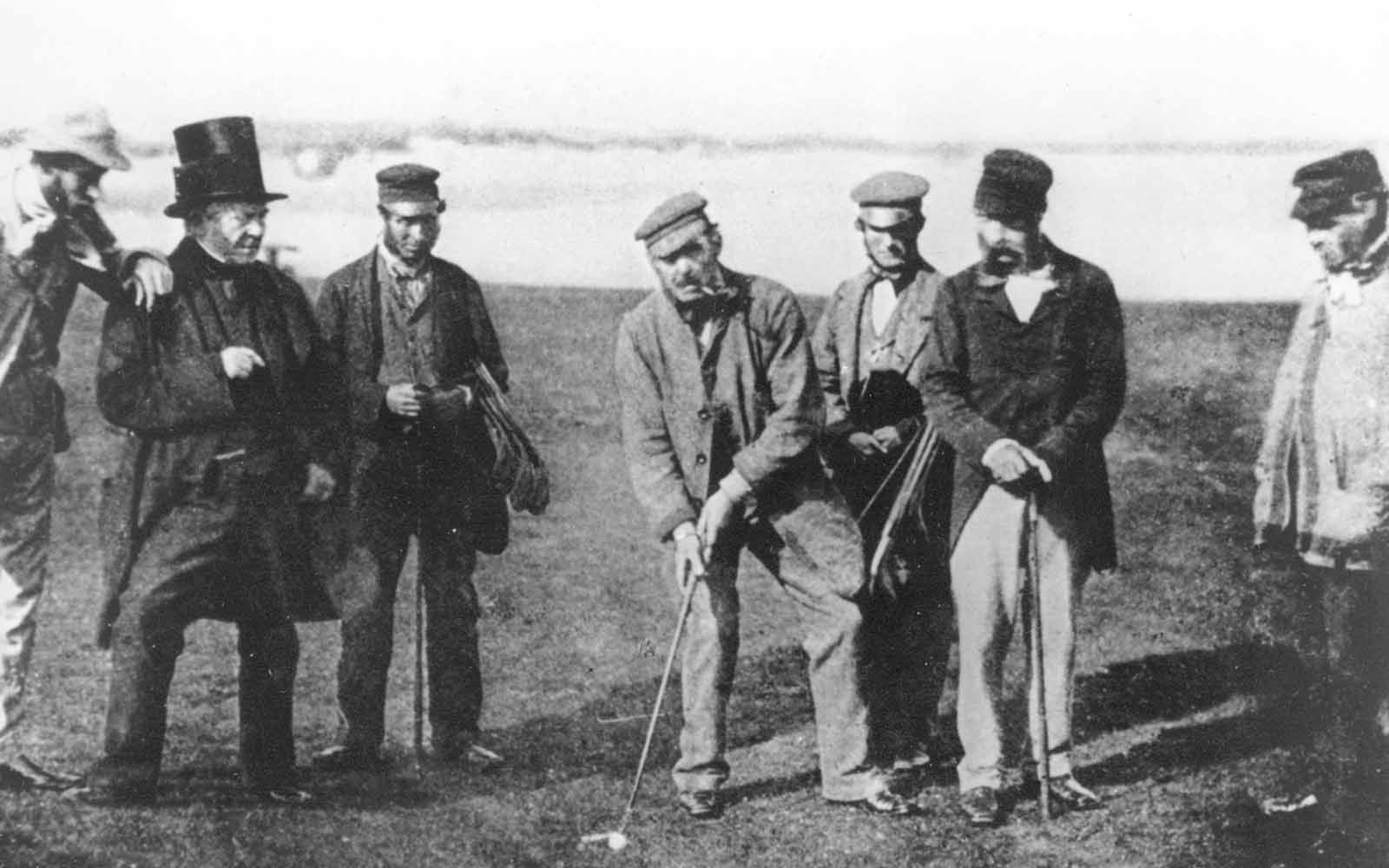
A band of brothers
The origin of The Professional Golfers' Association goes back to Victorian times and the work and dedication of three golfing pioneers: JH Taylor, James Braid and Harry Vardon. Their desire was to raise the status of those men who earned their living from playing the game. It all began following a letter published in Golf Illustrated on April 12th, 1901 in which a professional in north Wales wrote: ‘the time is now ripe for the professionals to band themselves into an association to promote the general welfare of the professional and look after his interests’.
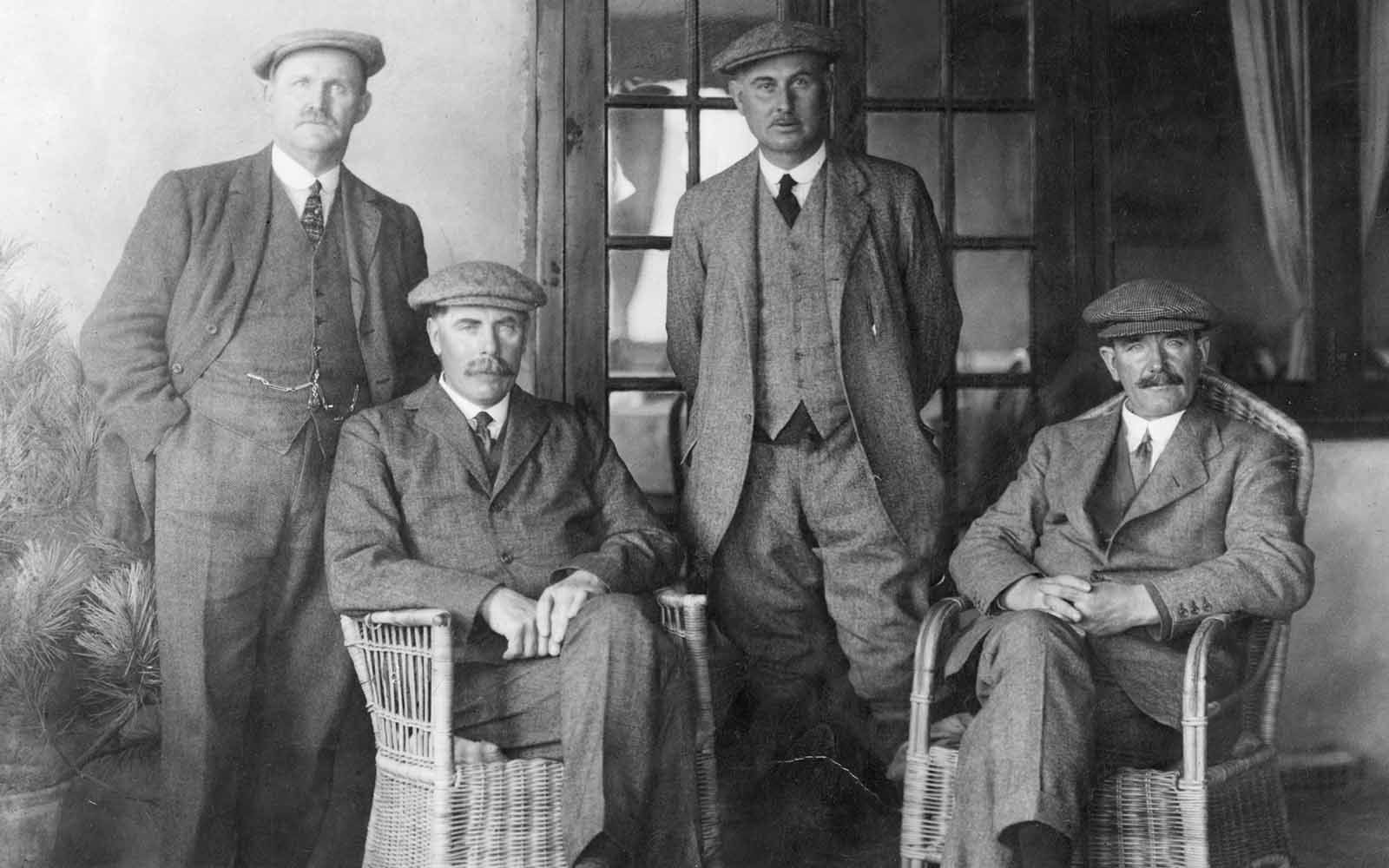
A rivalry begins
The first international match played between professionals from Great Britain and the United States of America took place on June 6th, 1921 at Gleneagles in Scotland. The British team included The PGA founders, The Great Triumvirate, beating the USA team 9-3, in what is now considered a forerunner to the Ryder Cup.
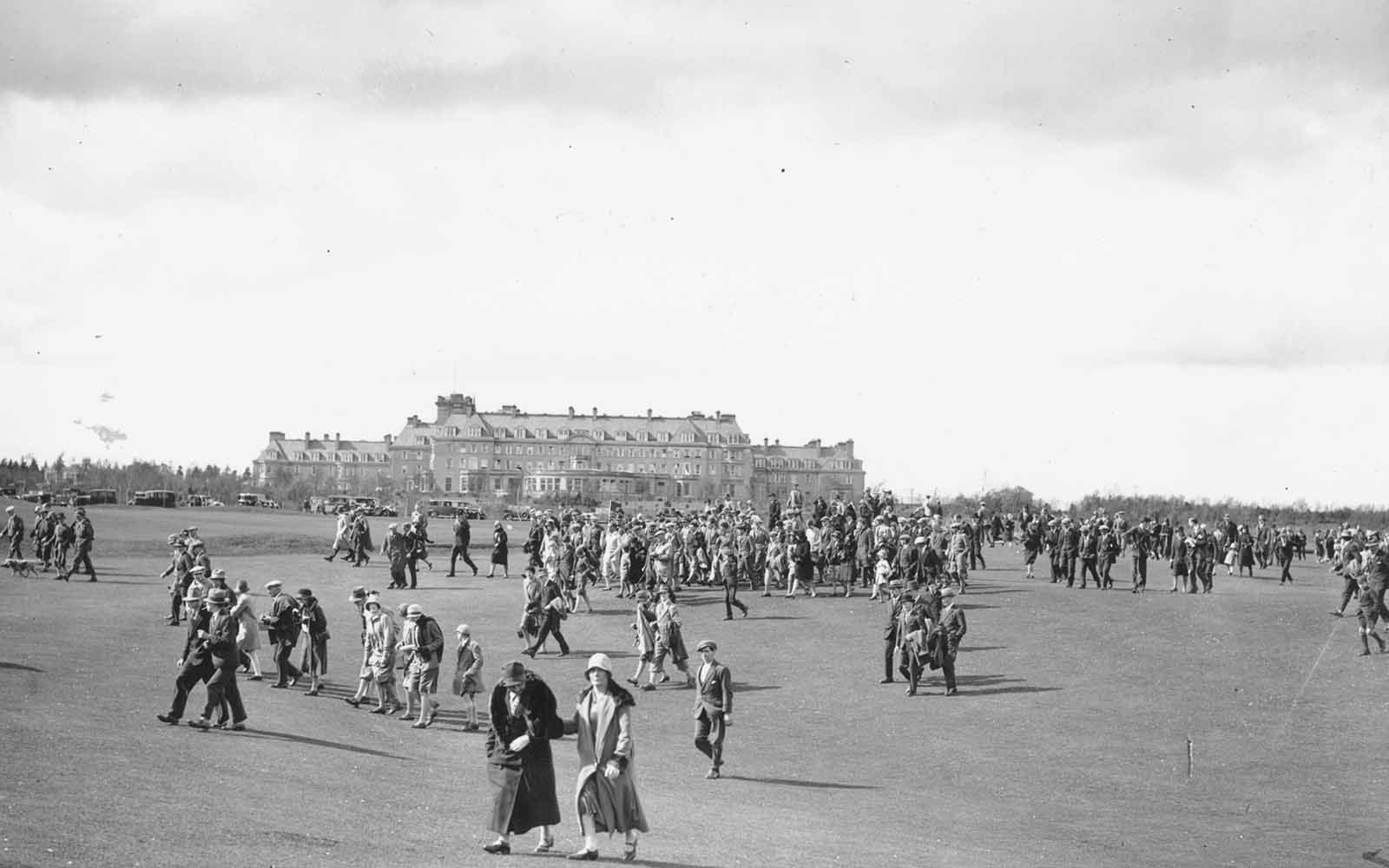
The birth of one of the world's greatest sporting events
The first Ryder Cup Tournament was held in 1927 at the Worcester Golf & Country Club, Massachusetts where a strong American team prevailed by quite a winning margin. Captained by Walter Hagan, the USA won 9.5 to 2.5 to lift the trophy for the first time.
One of The PGA's most famous members, Abe Mitchell, is the gilded figure depicted on the top of the 17 inch high trophy. Mitchell takes pride of place as a result of his friendship and patronage by Samuel Ryder who from 1925 appointed him as his personal golf instructor.
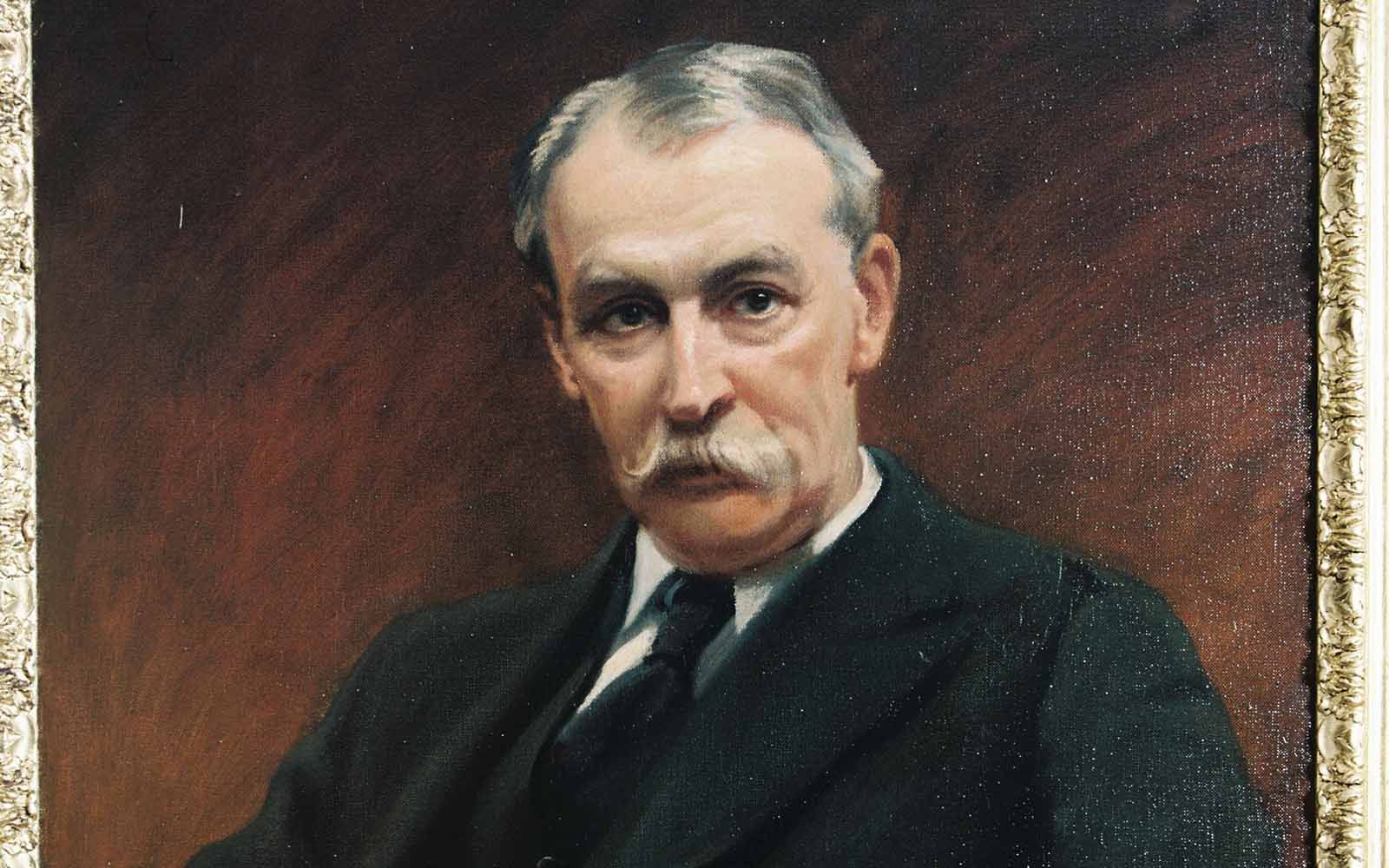
A twenty year crusade
The idea of founding a national training school appears to have originated from a letter sent by Eddie Whitcombe to The PGA Executive in 1936. It was until twenty years later, together with a number of likeminded senior professionals, he organised the first meeting of a new PGA Teaching Advisory Committee, which took place on January 30th 1961. Whitcombe, who was always keen on training his own assistants took strong exception to the practice of appointing the best tournament player to a good club job, even if the individual had no idea of how to teach or carry out club repairs.
Even though the first courses for training assistants held at Llandudno Golf Club were not compulsory, due to the rapid educational expansion in the 1960s, and with a strong emphasis on improving access and broadening vocational qualifications, The PGA was clearly influenced. In 1968 the AGM voted to make training compulsory in order to establish common standards and enhance the profile and reputation of the organisation. The PGA strived to present itself as a body that could pass on disciplined and comprehensive information on how to play golf. It felt the public had to know that when they went to a PGA Professional, they were engaging someone who had been taught and examined by the best teachers available.
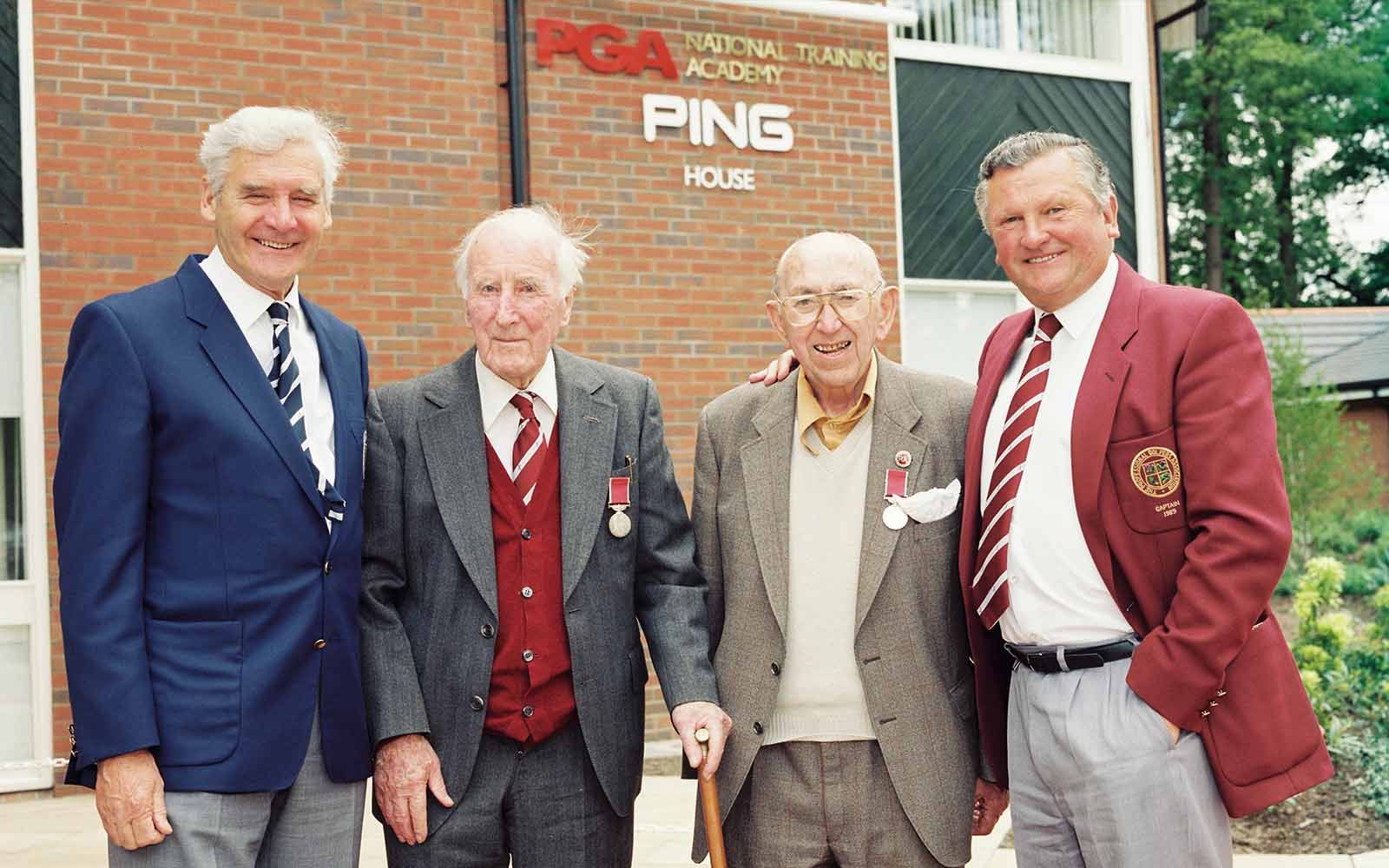
The creation of the Women's PGA
The PGA formed a Ladies’ section in March 1962 some 12 years later than their American counterparts. The new section, however, did not launch a tournament circuit. Nor were ladies allowed to hold office in The PGA or to vote at meetings unless, of course, the matter concerned their own section. The men did not directly oppose a women’s circuit, they simply thought it was not commercially viable and left it at that.
In 1978 the Women’s Professional Golf Association was set up and applied to join The PGA as a ‘region’. This meant the former Ladies’ section of The PGA would be scrapped and the distinction between men and women removed from the constitution. Women professionals would be required to go through the PGA training school and the Association itself would run their tournaments on the ground.

The PGA Cup is born: The battle of two PGA’s
From 1973, the biennial match between the PGA of America and the PGA of Great Britian & Ireland was managed jointly and became know as the PGA Cup, modelled after the Ryder Cup match-play format. The competition had begun under a different sponsorship but from 1975 onward, the two PGA’s took control and gave it its modern name and structure.
America asserted dominance in the early years, but GB&I’s first significant impact on the matches came in 1977 during one of the best duels in the history of the PGA Cup at Mission Hills, California.
To this day, the PGA Cup remains a key date in the calendar and provides a prestigious platform for The PGA’s top professionals to test their game against their American counterparts in a spirit of international rivalry.
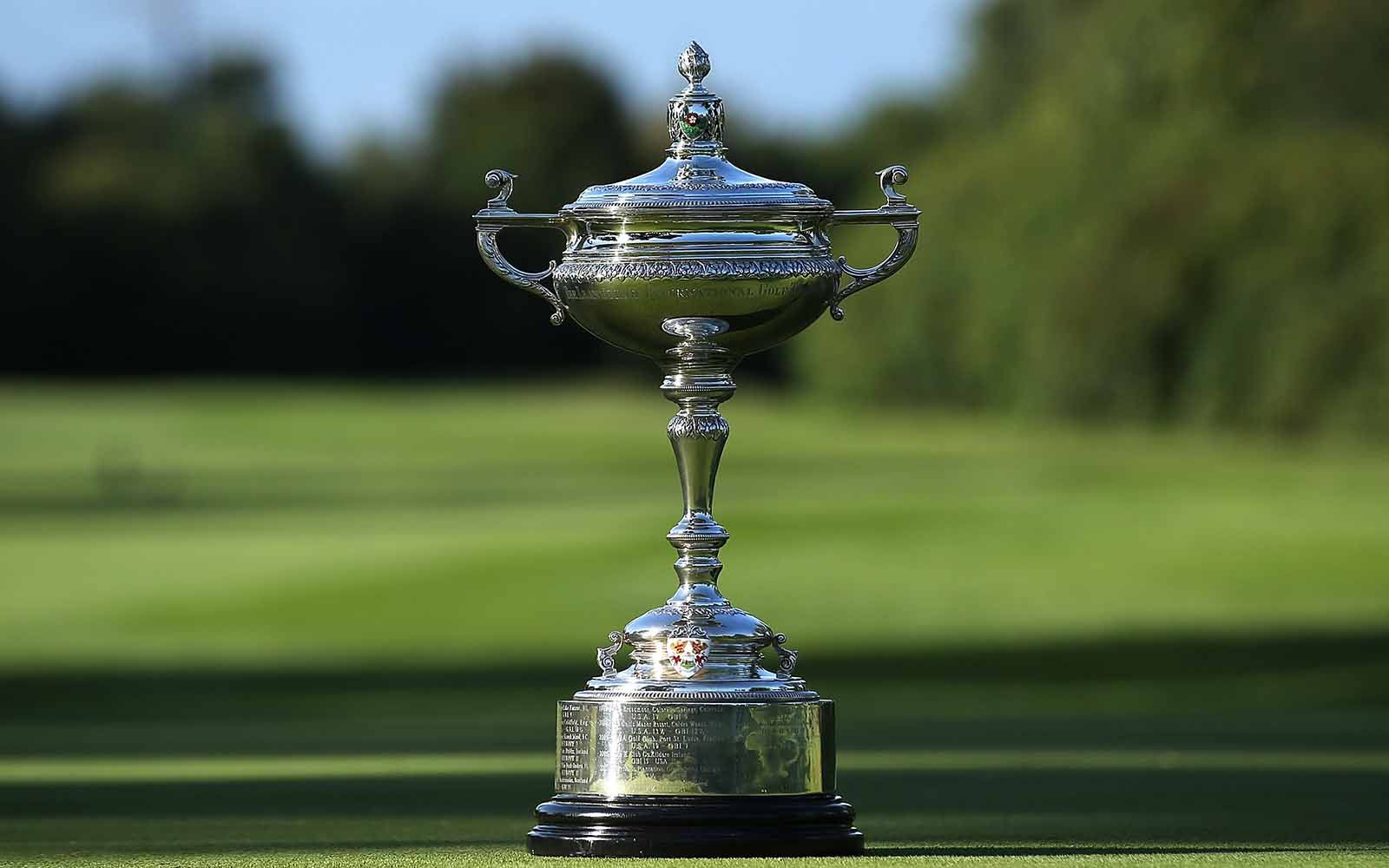
The PGA moves into new premises at Apollo House, The Belfry
In 1977, the PGA moved into its new home at Apollo House, The Belfry with a 99-year lease. Prior to the move, the PGA had its headquarters in confined offices at the back of the main stand at the Oval Cricket Ground, but over lunch one day, Peter Alliss told PGA Secretary, Colin Snape, about a golf course he was designing in the West Midlands called the Belfry. The eventual decision to move to new offices there was initiated.
The PGA didn’t have the funds for the new offices, but Ellerman Lines had set up the company The Belfry (Sutton Coldfield) Ltd which built the new offices as part of a deal with The PGA to hold two Ryder Cup tournaments within ten years. The new premises were branded in the name ‘Apollo House’, due to a deal struck with Accles and Pollock, the shaft manufacturers, who funded the cost of relocation, fittings and furniture. The new offices were open for business on January 1st, 1977.
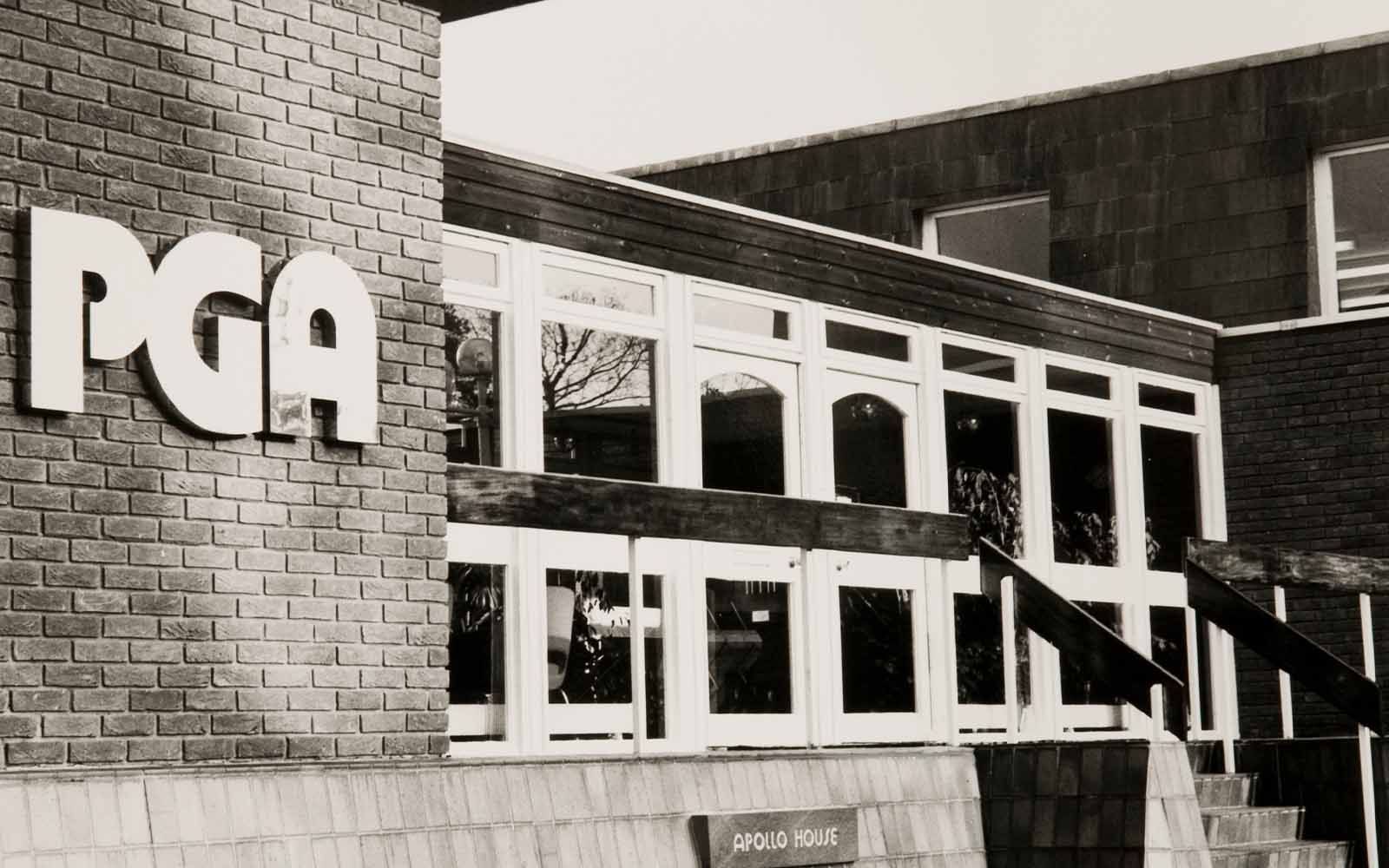
A new era: Europe joins the Ryder Cup
The 1979 Ryder Cup, held at The Greenbrier in West Virginia, USA, marked a defining turning point in the competition’s history. For the first time, players from continental Europe were eligible to compete, transforming what had previously been a Great Britain & Ireland team into the newly unified Team Europe.
This strategic change aimed to revitalise the Ryder Cup, which had been heavily dominated by the United States in previous decades. By broadening the talent pool to include stars from across Europe, the organisers hoped to make the event more competitive and globally appealing.
Among those ushering in this new era was a young Seve Ballasteros, who made his Ryder Cup debut alongside established names such as Tony Jacklin, Sir Nick Faldo, Peter Oosterhuis and Bernard Gallacher. Though Europe lost the match 17–11, the inclusion of continental players laid the foundation for a power shift in future decades.
This bold move not only elevated the standard of play but also helped cement the Ryder Cup as one of the most fiercely contested and prestigious events in world golf.
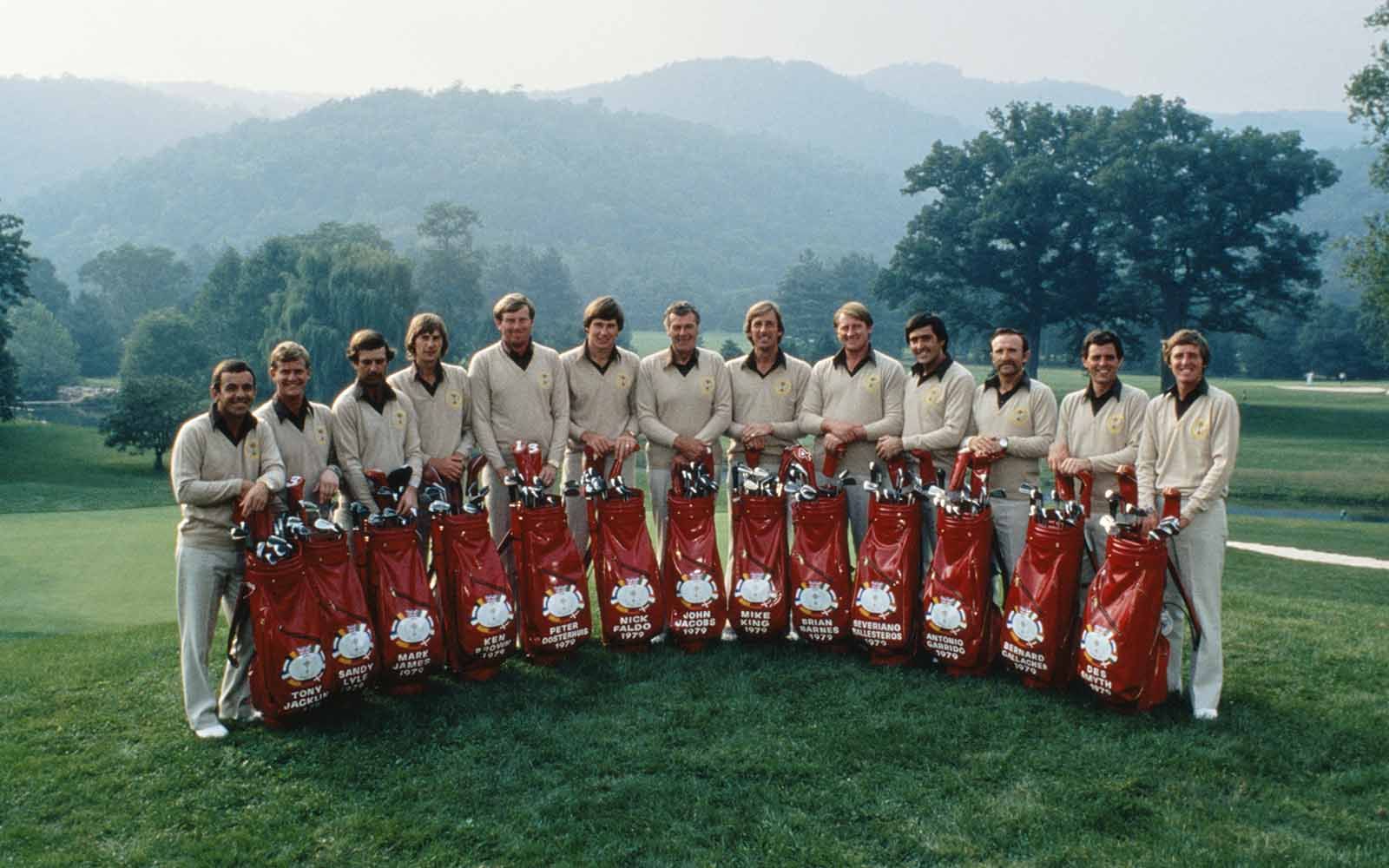
Europe triumph at The Belfry: A historic Ryder Cup victory
The 26th Ryder Cup, held in September 1985 at The Belfry, marked a watershed moment in the history of the competition and for European golf. It was the first of four Ryder Cups to be staged at The Belfry (later hosting in 1989, 1993, and 2002) and it delivered one of the most iconic European victories in Ryder Cup history.
Under the inspired leadership of Captain Tony Jacklin, Team Europe defeated the United States 16½ – 11½, ending a 28-year drought. The win was symbolic not only for the result but for what it represented - a resurgence of European competitiveness and the dawn of a new, more balanced era in Ryder Cup history.
Key players in the European side included Seve Ballesteros, Bernhard Langer, Nick Faldo, and Sandy Lyle - a generation of elite talent that had begun to emerge following the inclusion of continental Europe in 1979. Their victory at The Belfry, driven by Jacklin's leadership dramatically shifted the momentum of the competition for years to come.
The 1985 Ryder Cup is often regarded as the beginning of Europe’s modern Ryder Cup legacy, and The Belfry would go on to become a spiritual home for European Ryder Cup success.
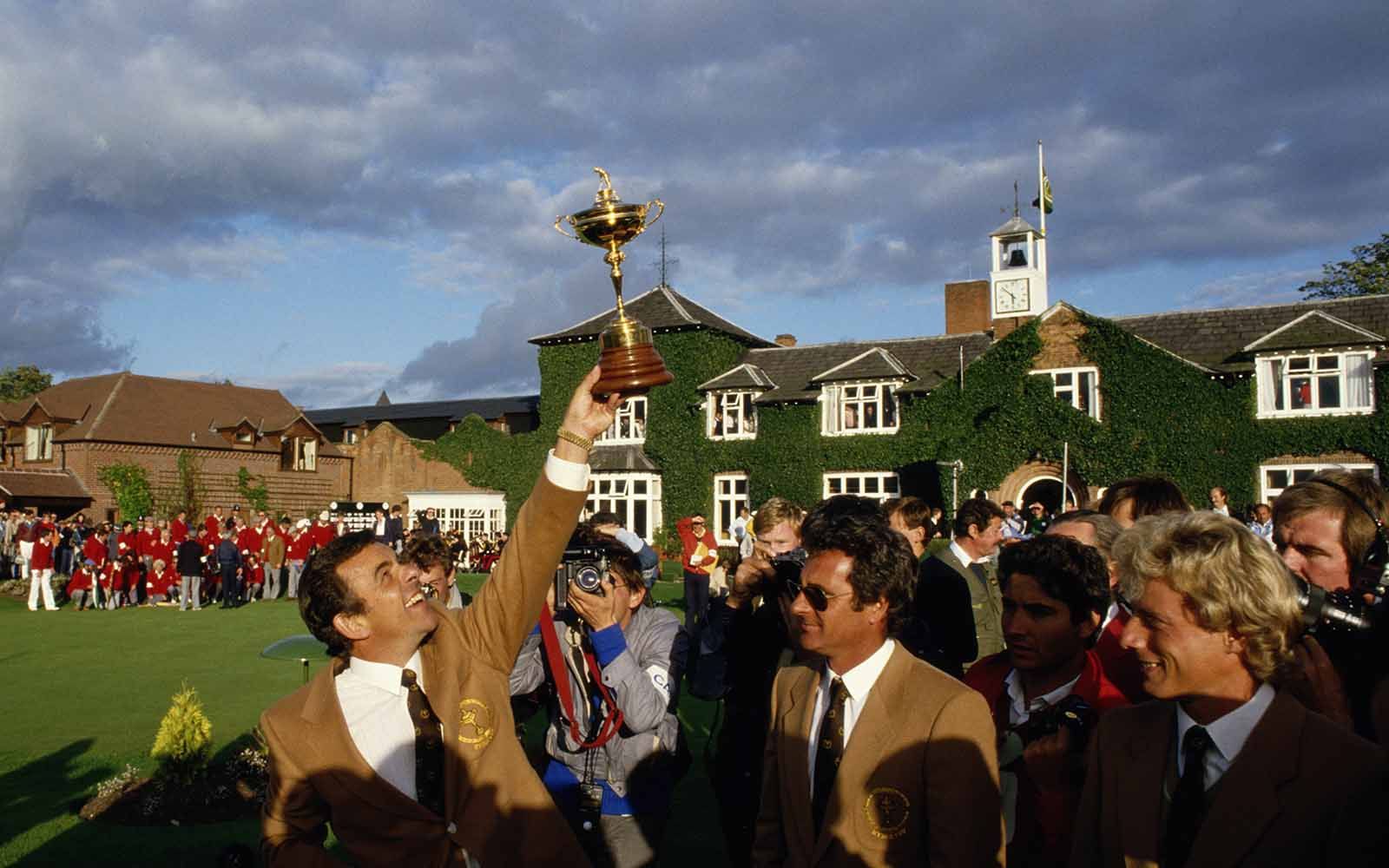
The first female PGA Trainee of the Year
Lynne Sweeney becomes the first female PGA Trainee of the Year. Since 2007, The PGA introduced a specific award for Female Trainee of The Year to celebrate the achievements of top performing Year 3 trainee. This award is known as the Beverly Lewis Trophy, named after The PGA's first female captain.
Also in 1996, the PGA National Training Academy, European Centre of Excellence for Golf, officially opens at Ping House. Leading the development of coaching qualifications for golf, The PGA’s aspiring Members utilise cutting-edge technology in the PGA Golf Performance Studio, Cochran Sports Science Suite, workshop and classrooms, while learning from tutors and staff who are experts in their field.
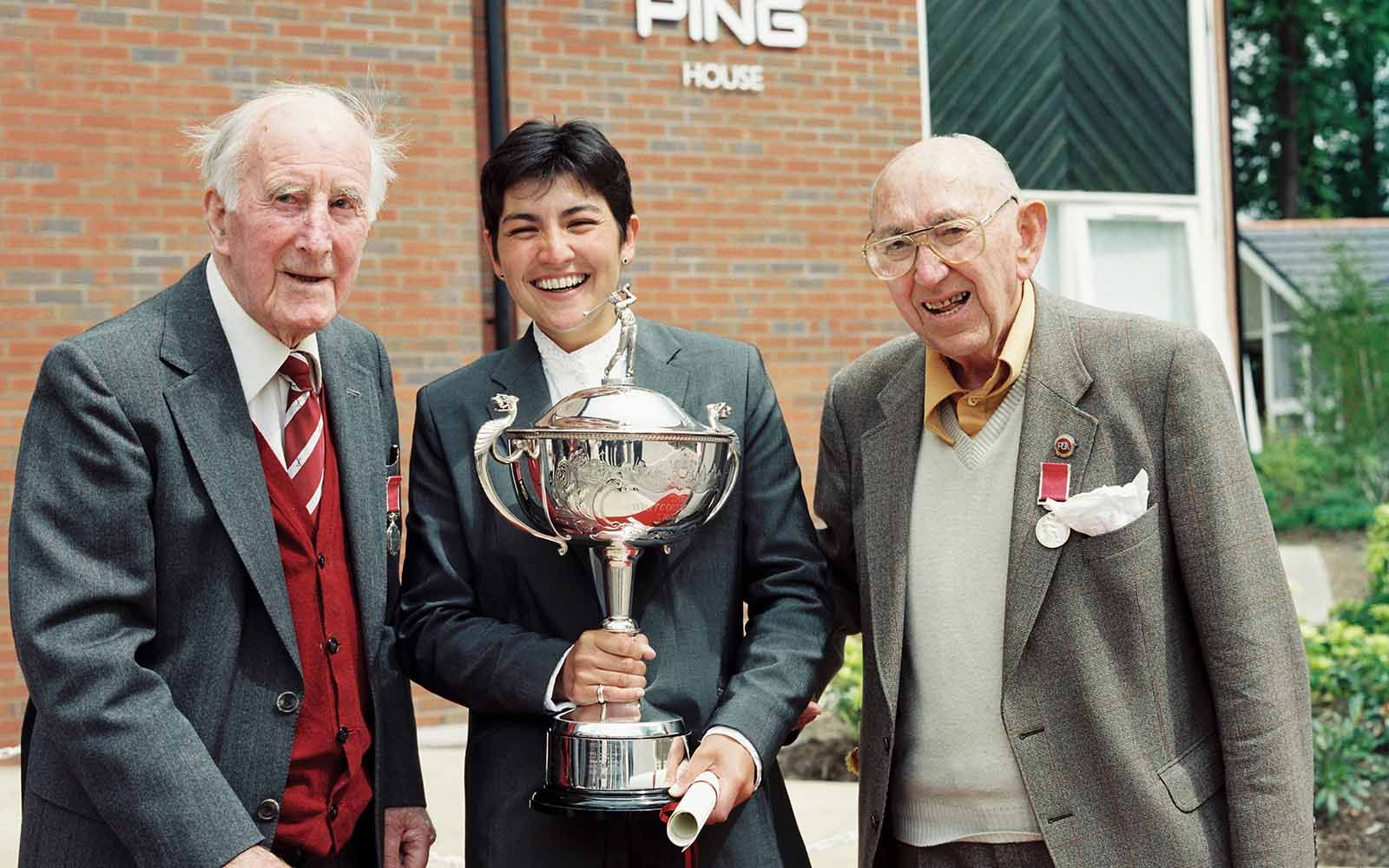
Centenary House officially opens
In 1998, The PGA officially opened Centenary House, located at The Belfry, which has since served as the headquarters for the Association.
A central hub in the Midlands, Centenary House supports PGA Members, overseeing professional training, tournament management and the promotion of golf across Great Britain and Ireland.
It’s location at The Belfry - a prestigious golf venue designed by Dave Thomas who would later captain The PGA - symbolises the rich heritage of The PGA.
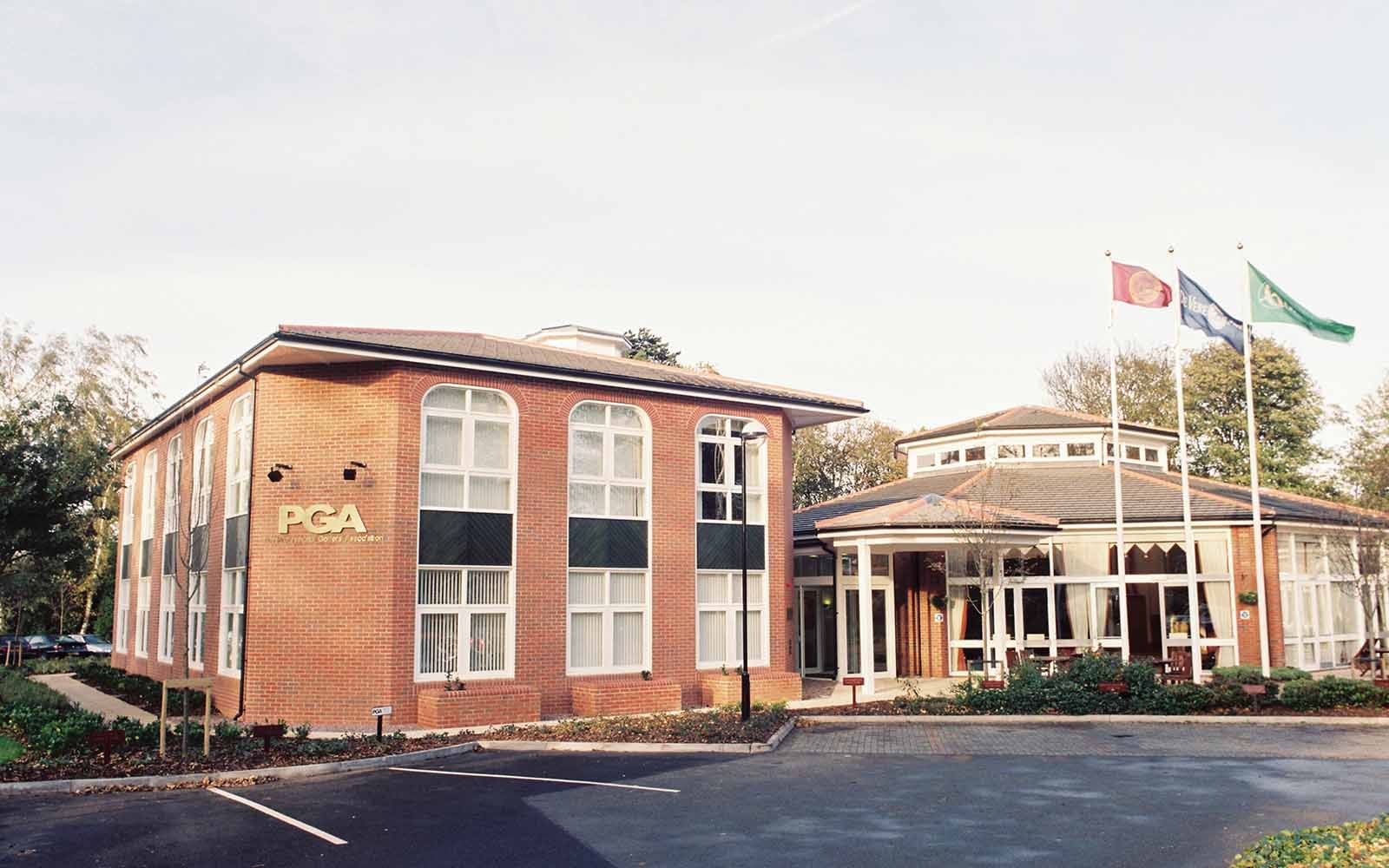
PGA partners with the University of Birmingham
The PGA established a landmark partnership with the University of Birmingham, laying the foundation of what would be the highest standard university degree tailored specifically for aspiring professional golfers.
This milestone was a pivotal step toward professionalising golf education, blending sport science, business acumen and coaching theory into one comprehensive training programme. It set the stage for generations of better-educated and multi-skilled PGA Members.
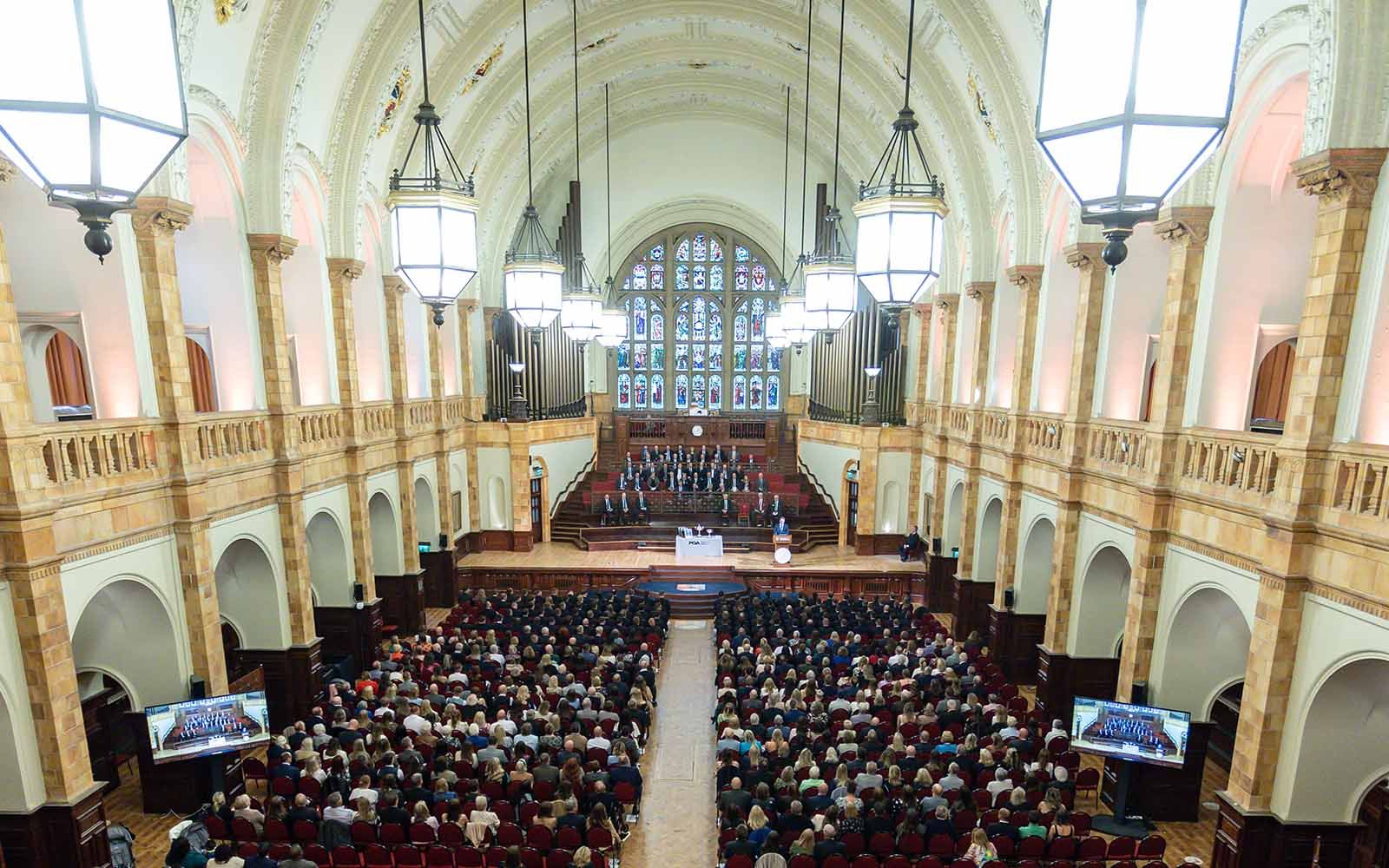
The PGA Centenary celebrated 100 years of the world’s oldest Professional Golfers’ Association
In September 2001, The PGA celebrated 100 years as the world’s oldest PGA, marking a major milestone since its founding in 1901.
To commemorate the centenary, the Monarch's Course at Gleneagles - designed by Jack Nicklaus and opened in 1993 - was renamed the PGA Centenary Course. This course has since hosted major events, including the 2014 Ryder Cup and the 2019 Solheim Cup, becoming the first to host both prestigious team match-play tournaments.
As part of the celebrations, 100 oak trees were planted at UK clubs with strong PGA ties that have made significant contributions to golf over the past century.
Six oak trees were planted at a special ceremony attended by the PGA’s most respected tutors and players, including Dave Thomas, the Centenary Year PGA Captain, four-time Ryder Cup player, and course designer of The Belfry.

Beverly Lewis becomes first female PGA Captain
Beverly Lewis was a Master PGA Professional and one of only two women to have captained the Association. A founding member of the WPGA, she chaired the organisation from 1979 to 1981, and again in 1986.
During her eight years on tour, she won two WPGA events before turning her focus to coaching with the English Ladies’ Golf Association, supporting players of all abilities.
Beverly was also a respected broadcaster, working with the BBC, Australia’s Channel 7, and ESPN. She wrote for leading golf magazines and authored 10 books on the game’s technique. In addition, she was a qualified R&A referee.
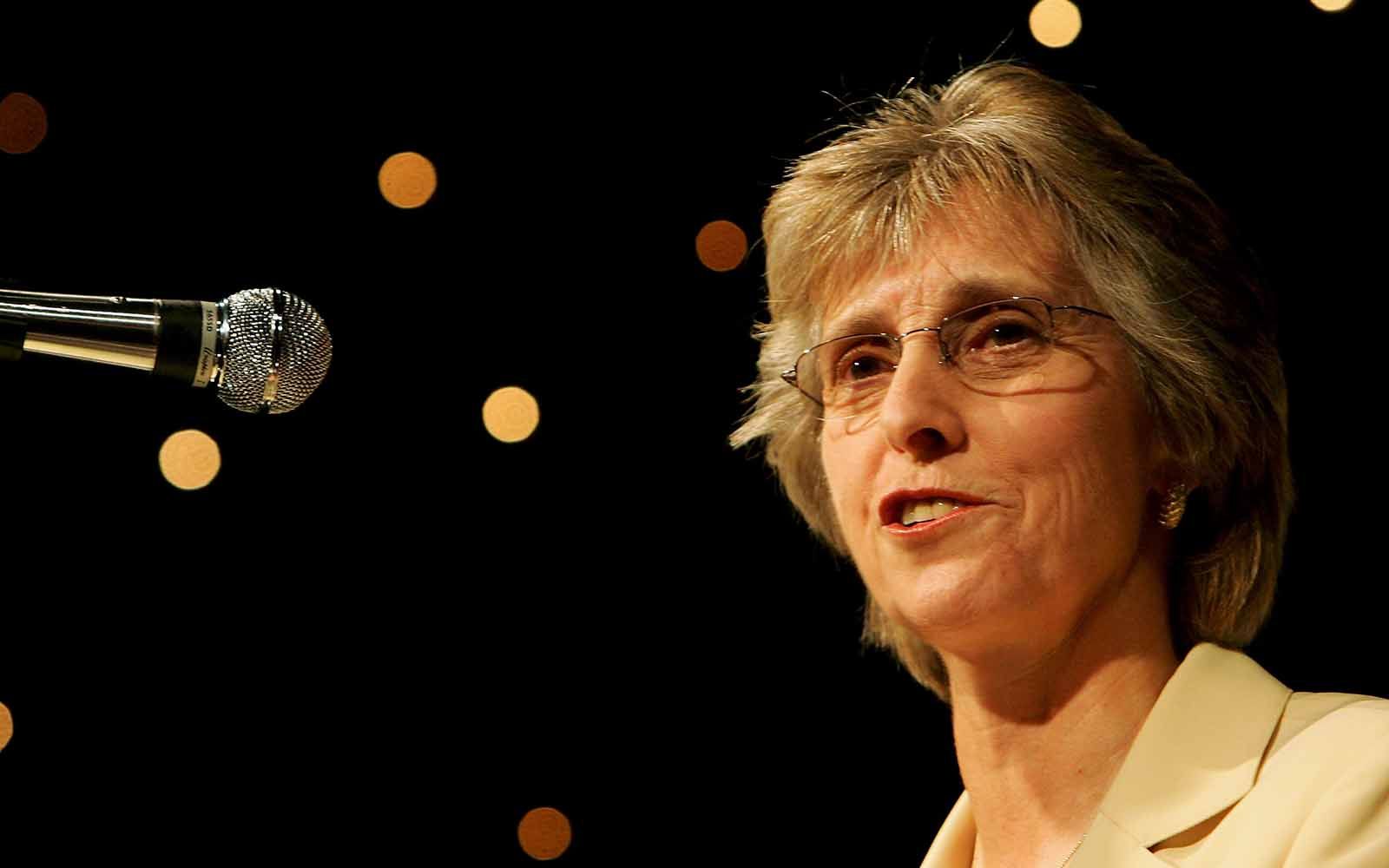
PGA partners with the University of Highlands & Islands
In 2016, The PGA partnered with the University of the Highlands and Islands (UHI) to launch the Diploma of Higher Education (DipHE) in Professional Golf, giving individuals living and working in Scotland the opportunity to access the Scottish Higher Education funding system. This new qualification aligned with the first two years of a full-time degree and mirrored the academic structure of the Foundation Degree (FdSc) offered through the PGA Training Programme.
This partnership marked a significant step in expanding access to PGA Membership, with successful graduates earning both a respected academic qualification and PGA Member status.
